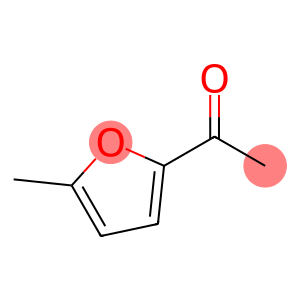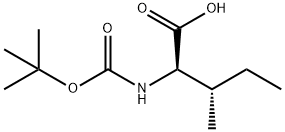2-AMINO-5-BROMO-3-METHYLPYRIDINE(CAS# 3430-21-5)
| Hazard Symbols | Xi – Irritant |
| Risk Codes | 36/37/38 – Irritating to eyes, respiratory system and skin. |
| Safety Description | S26 – In case of contact with eyes, rinse immediately with plenty of water and seek medical advice. S36 – Wear suitable protective clothing. S36/37 – Wear suitable protective clothing and gloves. |
| WGK Germany | 3 |
| HS Code | 29333999 |
| Hazard Class | IRRITANT |
Introduction
2-Amino-5-bromo-3-methylpyridine is an organic compound with the chemical formula C7H8BrN. The following is an introduction to its properties, uses, manufacturing methods and safety information:
Quality:
- Appears as a white crystalline solid
- The relative molecular mass is about 202.05
- Soluble in alcohols and ether solvents, slightly soluble in water
- It is an aromatic compound containing nitrogen and bromine atoms
Use:
Method:
- 2-Amino-5-bromo-3-methylpyridine can be synthesized by starting from the methylpyridine starting material.
- The introduction of bromine atoms in methylpyridine, which can react with bromine in the presence of a base, or react using N-bromopyridine.
- Then, an amino group is introduced at the 2-amino position, which can be achieved by reaction with ammonium sulfate and cyclohexanedione.
Safety Information:
- 2-Amino-5-bromo-3-methylpyridine needs to be handled and stored with care in a laboratory setting.
- Appropriate protective equipment such as lab gloves and goggles should be worn during use.
- It may cause irritation to the skin, eyes, and respiratory system, avoid direct contact.
- Avoid inhaling its dust and gases and ensure that the operating area is well ventilated.
- Please follow the relevant safety guidelines and operating procedures for use and handling.





![4-chloro-1H-pyrazolo[4 3-c]pyridine(CAS# 871836-51-0)](https://www.xinchem.com/uploads/4chloro1Hpyrazolo43cpyridine.png)


